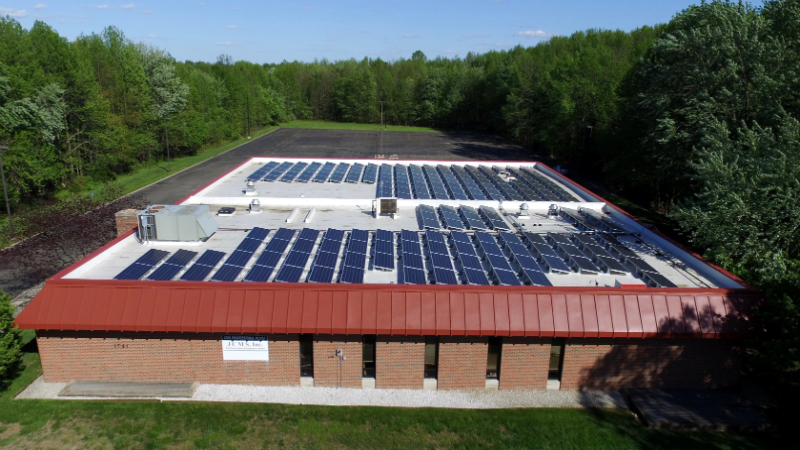If you are tasked with operating any building that uses an HVAC system, you know that it runs ventilation at all times, whether or not it is actually required at the moment. This represents a substantial waste of energy. According to one report, the wrong ventilation rate accounts for a tremendous level of energy consumption, and many systems use a fixed ventilation rate rather than monitoring, measuring and adjusting according to actual cfm levels. The advent of electrochemical CO2 sensors can change all of that and make Demand-controlled ventilation a reality.
Capable of measuring carbon dioxide concentrations in real time, the electrochemical CO2 sensors ensure a building’s HVAC systems is neither over or under ventilating any space. This represents an immense opportunity for such spaces as lecture halls and schools, stores and malls, arenas and conference centers, banking facilities, restaurants and bars, reception areas, and more.
Rather than pulling in an endless supply of outside air, using ventilation around the clock, the installation of electrochemical CO2 sensors and demand control ventilation systems lowers energy bills and decreases the size of any building’s or facility’s carbon footprint.
Naturally, the use of electrochemical CO2 sensors requires them to be priced in an affordable range, and to be energy efficient themselves. There is no sense in installing a device that consumes energy around the clock in order to attempt to decrease energy consumption.
Dioxide Materials is developing just such a unit, and it is positioned to be one of the most affordable options in the market, to have wireless capabilities for ease of installation and operation, and to be a low power consumer (with the goal of being the lowest power consumer in the industry). The size of their sensor is also one of the smallest to ensure easy incorporation into any pre-existing systems or equipment.
With a goal of helping to save the world through the design of highly effective CO2 conversion equipment and sensors for demand control ventilation, they are focused in on the devastating effects of CO2 output and energy usage. These sensors ensure that some of the world’s least efficient and most power-hungry buildings begin to reduce their demands on utility grids. Rather than unnecessarily running ventilation systems at a non-stop pace, these sensors will make it amazingly easy to run HVAC systems at their most efficient, and rely on advanced CO2 technologies to do so.
